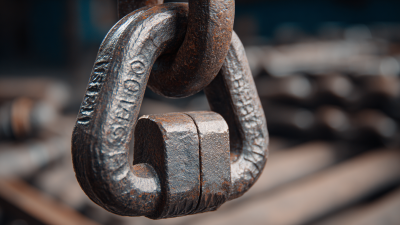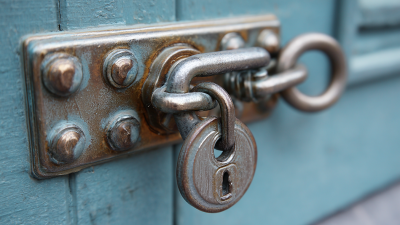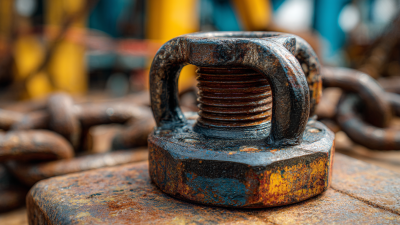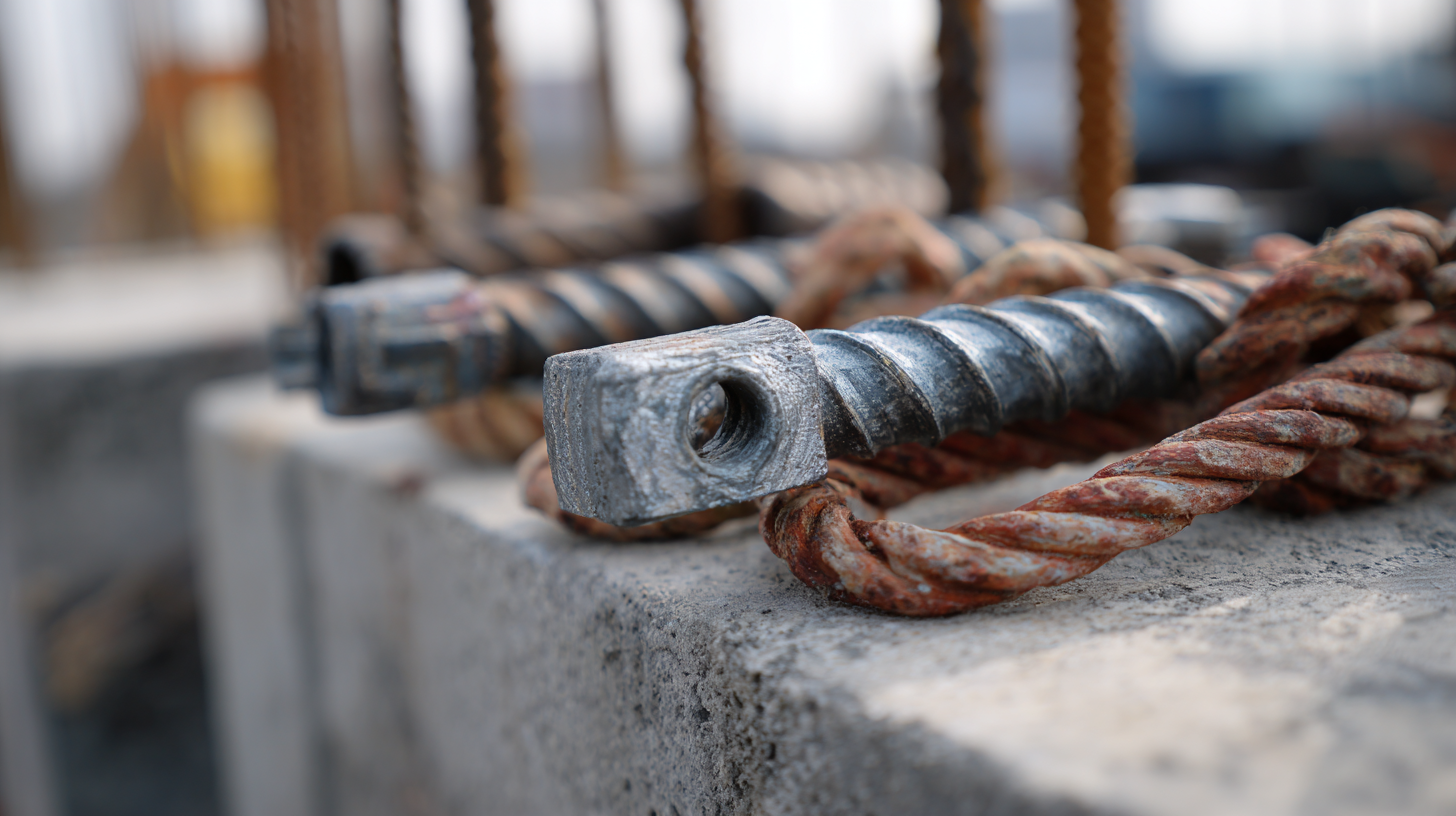 Selecting the right masonry anchors is crucial for the success of any construction project, ensuring structural integrity and longevity. According to a report by the National Institute of Standards and Technology, improper anchoring contributes to over 15% of construction failures, highlighting the significance of choosing suitable masonry anchors. As the construction industry evolves, innovations in anchor technology are emerging, with the global market for masonry anchors projected to reach USD 2.3 billion by 2025, driven by the increasing demand for durable building solutions. Understanding the various types of masonry anchors, their applications, and installation techniques is essential for construction professionals to mitigate risks and enhance safety standards.
In this guide, we will delve into the key factors to consider when selecting masonry anchors for your specific project needs, ensuring optimal performance and reliability.
Selecting the right masonry anchors is crucial for the success of any construction project, ensuring structural integrity and longevity. According to a report by the National Institute of Standards and Technology, improper anchoring contributes to over 15% of construction failures, highlighting the significance of choosing suitable masonry anchors. As the construction industry evolves, innovations in anchor technology are emerging, with the global market for masonry anchors projected to reach USD 2.3 billion by 2025, driven by the increasing demand for durable building solutions. Understanding the various types of masonry anchors, their applications, and installation techniques is essential for construction professionals to mitigate risks and enhance safety standards.
In this guide, we will delve into the key factors to consider when selecting masonry anchors for your specific project needs, ensuring optimal performance and reliability.
When selecting the right masonry anchors for your construction project, it's essential to identify the key factors that will affect your choices. First and foremost, consider the type of masonry material you'll be working with, whether it's brick, concrete, or block. Different materials require different anchors to ensure a secure hold. Furthermore, assess the load requirements for your project; understanding whether you need to support lightweight fixtures or heavy equipment will guide you in selecting the appropriate anchor type.
Tips: Always consult load ratings provided by manufacturers to ensure the anchors can handle the expected weight. Additionally, consider the environment where the anchors will be used. If they will be exposed to moisture or harsh weather conditions, opt for corrosion-resistant materials such as stainless steel or galvanized anchors.
Another factor to keep in mind is the installation method. Some anchors require pre-drilled holes, while others are designed for easy installation without special tools. This can significantly affect your project timeline and labor costs. Familiarize yourself with the installation instructions to avoid unnecessary delays and ensure optimal performance of the anchors you choose.
Tips: Conduct a small test installation to ensure that the selected anchors fit well and perform as expected before commencing with the full project. This can save time and resources in the long run.
| Anchor Type | Suitable Materials | Load Capacity (lbs) | Installation Method | Common Applications |
|---|---|---|---|---|
| Expansion Anchor | Concrete, Brick | 100 - 400 lbs | Drill and Insert | Hanging fixtures, shelving |
| Sleeve Anchor | Concrete, Masonry | 150 - 600 lbs | Drill Hole, Insert | Mounting walls, railings |
| Lag Shield Anchor | Brick, Concrete | 200 - 800 lbs | Drill and Insert Lag Screw | Heavy fixtures, support angles |
| Concrete Screw Anchor | Concrete | 100 - 350 lbs | Drill, then Drive | Wall-mounted applications |
| Wedge Anchor | Concrete | 100 - 1700 lbs | Drill and Insert | Heavy-duty anchoring |
When selecting the appropriate masonry anchors for your construction project, it’s crucial to understand the various types available and their specific applications. Common types include expansion anchors, which work by expanding within the base material, providing a secure hold. These are typically used in concrete and brick, making them ideal for attaching shelves or heavy fixtures.
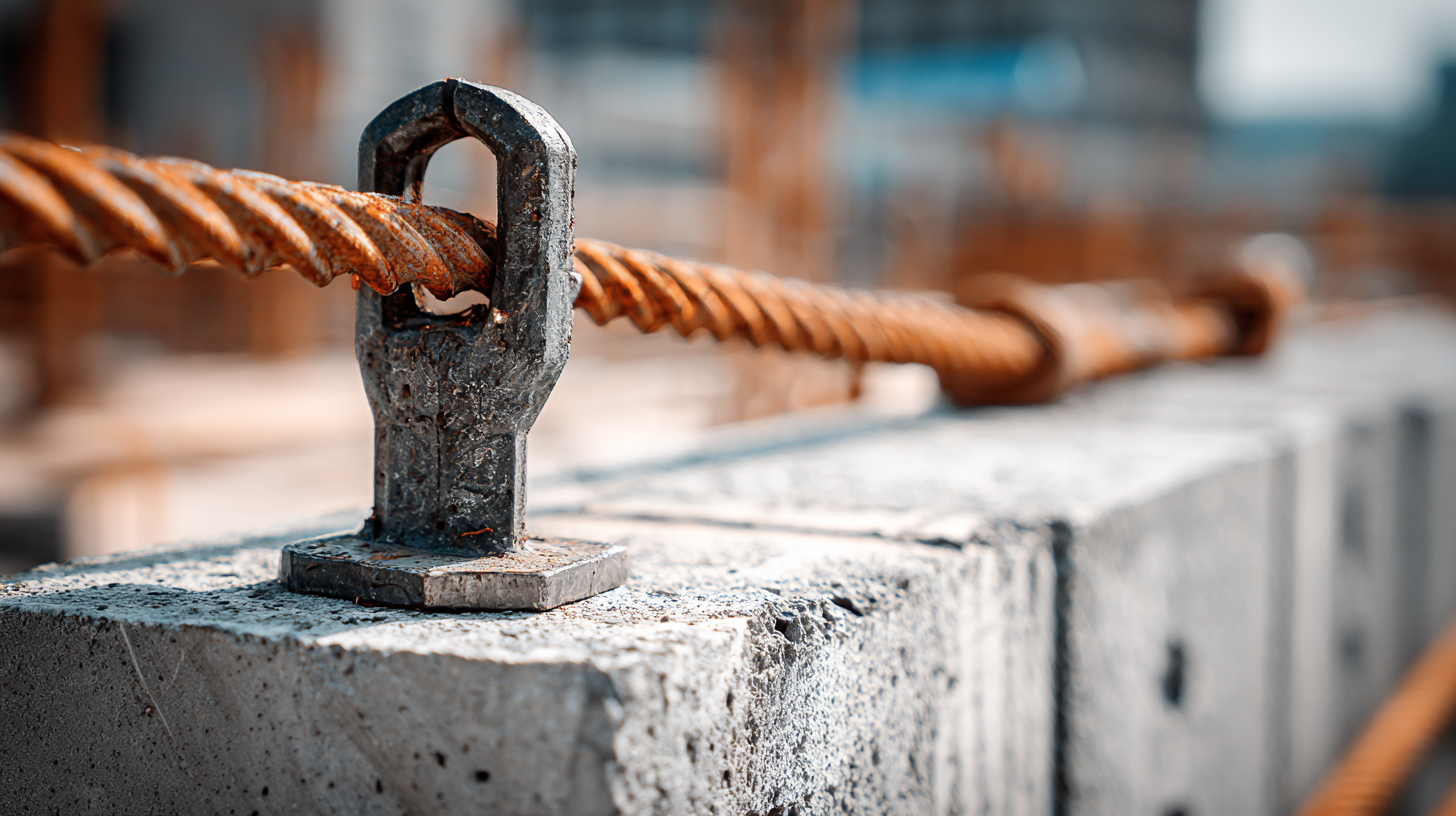 On the other hand, adhesive anchors utilize a bonding agent to create a strong connection, suitable for situations where traditional expansion anchors may not provide enough strength, such as in cracked concrete.
On the other hand, adhesive anchors utilize a bonding agent to create a strong connection, suitable for situations where traditional expansion anchors may not provide enough strength, such as in cracked concrete.
Another important category is the masonry screws, which are designed to drill directly into the masonry without the need for pre-drilling. These screws are advantageous for their ease of use and quick installation, often employed in lighter applications. Additionally, there are also sleeve anchors and toggle bolts, each designed for different load capacities and installation environments. Understanding the nuances of these anchors ensures that your construction project remains secure and durable, tailored to the specific needs of the materials and loads being dealt with.
When selecting masonry anchors for construction projects, evaluating load requirements is crucial for ensuring safety and effectiveness. According to the American Concrete Institute (ACI), properly calculated load requirements can prevent structural failures. Factors such as the type of load (shear vs. tension), load magnitude, and environmental conditions must all be considered. For instance, a report by the Concrete Reinforcing Steel Institute (CRSI) indicates that heavy, dynamic loads require specialized anchors that can provide adequate stability and hold strength.
Tips: Always refer to manufacturer's specifications when assessing load capacities. Many anchors are available with specific load ratings that can guide your selection. Additionally, consider potential impact factors such as moisture and temperature fluctuations, which can affect anchor performance over time.
Another important aspect is to determine the material type and thickness of the substrate you will be working with. According to a study by the National Concrete Masonry Association (NCMA), different masonry materials such as brick or block may require specific anchor types to achieve optimal performance. As a rule of thumb, always match the anchor type to the substrate material to enhance reliability and durability.
When selecting the appropriate masonry anchors for construction projects, it is crucial to assess environmental conditions that can significantly impact anchor performance. Environmental factors such as soil composition, moisture content, and temperature fluctuations must be thoroughly evaluated. For instance, expansive soils can be particularly problematic, especially under heavy rainfall conditions. Studies have shown that such environments can lead to instability and damage to anchor systems, necessitating careful selection of reinforcements that can withstand these stresses.
Furthermore, understanding the degradation behavior of anchor systems in different environmental contexts is essential. Research on anchor cables indicates that their reliability can falter in fault activation areas, particularly when subjected to adverse conditions. In addition, exploring the dynamics of natural environments, like the recolonization of species such as Posidonia oceanica in degraded sites, highlights the necessity of integrating ecological considerations into anchor selection. By adopting a holistic approach that accounts for these environmental variables, construction projects can enhance the longevity and efficacy of masonry anchors, ultimately leading to safer and more sustainable structures.
When it comes to installing masonry anchors, proper technique is essential for ensuring strength and durability.
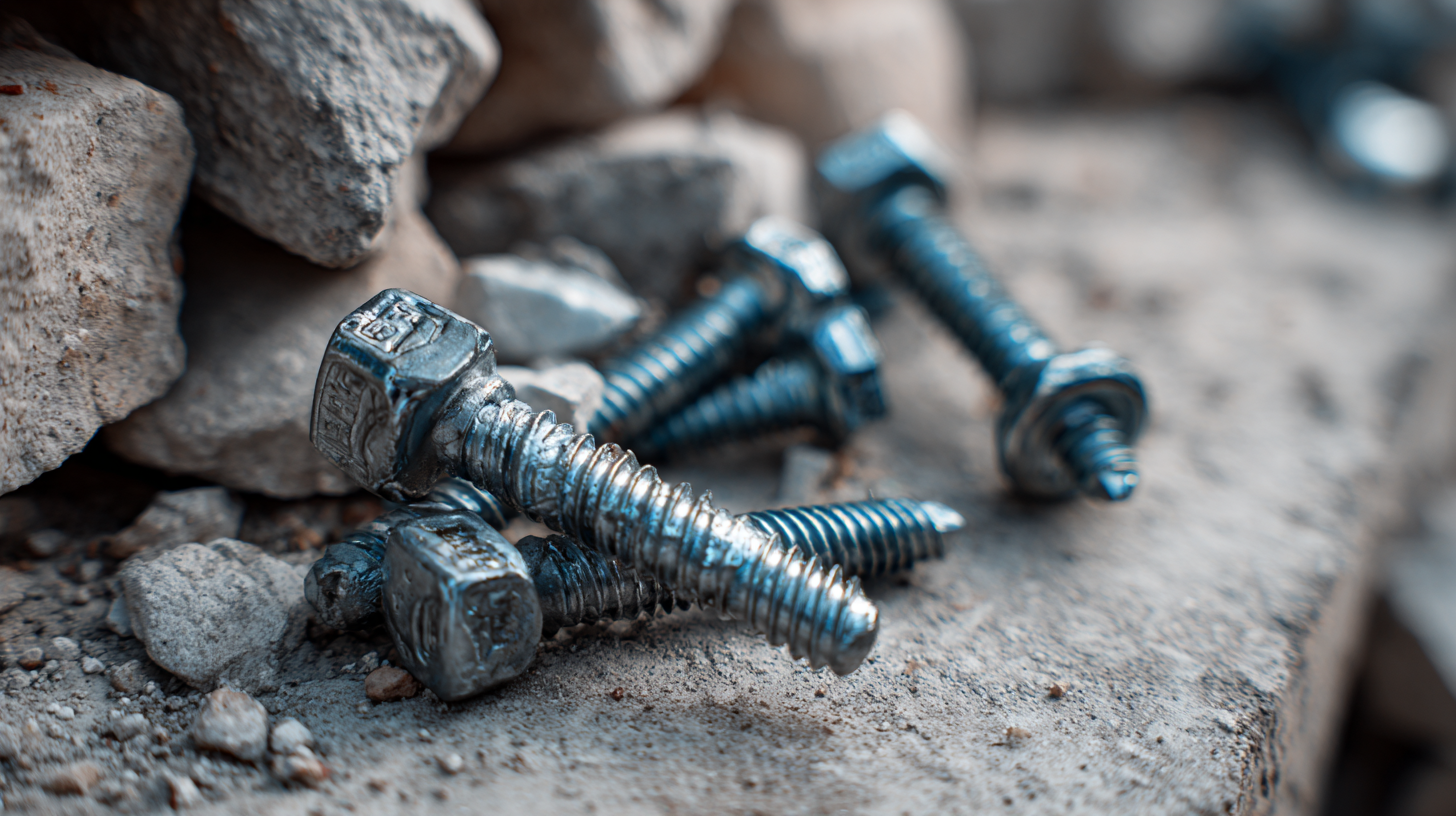 First, always start by selecting the right type of anchor based on the weight and nature of the load it will bear. For heavier items, consider using expansion anchors or adhesive anchors, which provide superior grip in masonry materials. Additionally, it's vital to pre-drill holes according to the manufacturer's specifications to avoid damaging the masonry and ensure a tight fit.
First, always start by selecting the right type of anchor based on the weight and nature of the load it will bear. For heavier items, consider using expansion anchors or adhesive anchors, which provide superior grip in masonry materials. Additionally, it's vital to pre-drill holes according to the manufacturer's specifications to avoid damaging the masonry and ensure a tight fit.
After installation, regular maintenance is key to prolonging the lifespan of your masonry anchors. Inspect the anchors periodically for signs of wear or corrosion, especially in outdoor settings where exposure to moisture can accelerate deterioration. If you notice any loose or damaged anchors, address the issue immediately, either by tightening or replacing them. Keeping the anchor areas clean and free of debris will also facilitate better performance, ensuring your constructed elements remain secure for years to come.
